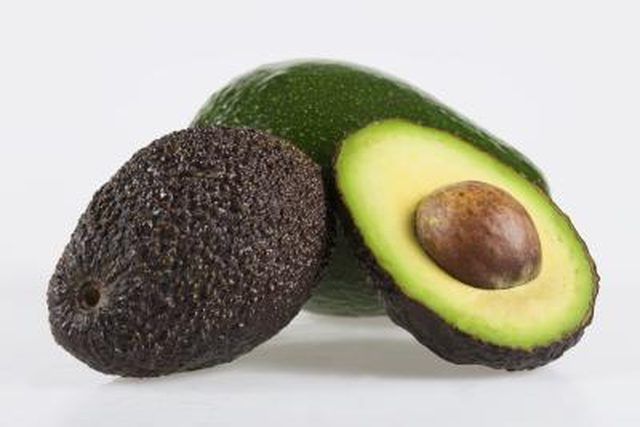Bulbs
Flower Basics
Flower Beds & Specialty Gardens
Flower Garden
Garden Furniture
Garden Gnomes
Garden Seeds
Garden Sheds
Garden Statues
Garden Tools & Supplies
Gardening Basics
Green & Organic
Groundcovers & Vines
Growing Annuals
Growing Basil
Growing Beans
Growing Berries
Growing Blueberries
Growing Cactus
Growing Corn
Growing Cotton
Growing Edibles
Growing Flowers
Growing Garlic
Growing Grapes
Growing Grass
Growing Herbs
Growing Jasmine
Growing Mint
Growing Mushrooms
Orchids
Growing Peanuts
Growing Perennials
Growing Plants
Growing Rosemary
Growing Roses
Growing Strawberries
Growing Sunflowers
Growing Thyme
Growing Tomatoes
Growing Tulips
Growing Vegetables
Herb Basics
Herb Garden
Indoor Growing
Landscaping Basics
Landscaping Patios
Landscaping Plants
Landscaping Shrubs
Landscaping Trees
Landscaping Walks & Pathways
Lawn Basics
Lawn Maintenance
Lawn Mowers
Lawn Ornaments
Lawn Planting
Lawn Tools
Outdoor Growing
Overall Landscape Planning
Pests, Weeds & Problems
Plant Basics
Rock Garden
Rose Garden
Shrubs
Soil
Specialty Gardens
Trees
Vegetable Garden
Yard Maintenance
Why Are the Leaves on My Avocado Tree Turning Brown?
Why Are the Leaves on My Avocado Tree Turning Brown?. Avocado trees (Persea americana Miller) are native to tropical America and thrive in tropical and subtropical weather. Evergreen avocado trees grow up to 30 feet tall with 3- to 16-inch-long elliptical foliage. A fungal disease causes brown foliage on trees.

Avocado trees (Persea americana Miller) are native to tropical America and thrive in tropical and subtropical weather. Evergreen avocado trees grow up to 30 feet tall with 3- to 16-inch-long elliptical foliage. A fungal disease causes brown foliage on trees.
Identification
Avocado trees are susceptible to dothiorella leaf and stem blight caused by Botryosphaeria spp. and Fusicoccum spp. The disease is common in regions with hot weather. Underwatered trees are more prone to the infection.
Damage
The disease is characterized by drying, brown foliage that remains attached to trees. Small branches are also killed. Fruit on affected branches shrivels and turns black. Infected foliage on healthy branches displays brown patches on tips and at leaf margins. Leaves on unaffected branches are often necrotic or have yellow patches.
Control
Prune and remove all affected tree areas. Dispose of debris away from trees as it could harbor fungal spores. Pay attention to sanitation around trees and keep trees well irrigated, especially during hot weather. Chemical control options include the use of copper hydroxide.